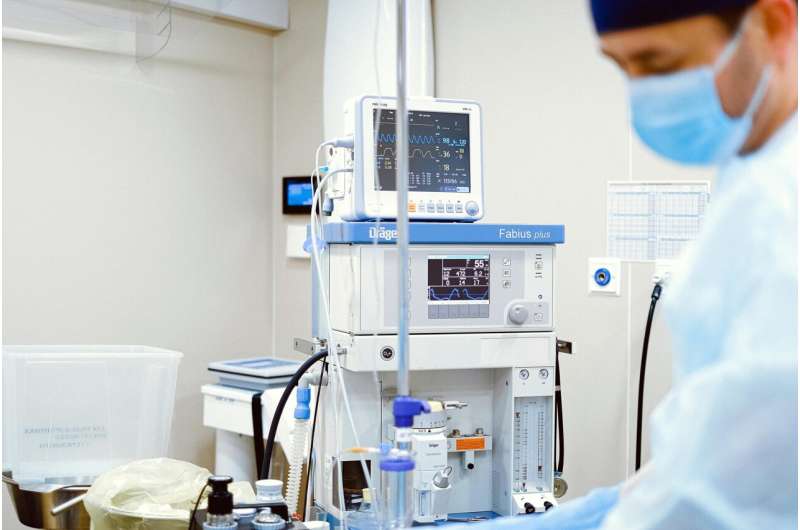“This is the first trial in either adults or children to test a computerized ventilation strategy that we had theorized could help preserve lung function and respiratory strength in children,” says Robinder Khemani, MD, MSCI, Vice Chair of Research, Department of Anesthesiology Critical Care Medicine at CHLA and lead author of the study.
“We saw that using CDS, which recommends changes to ventilator settings to stay in a target range, resulted in children getting off the ventilator sooner than the children who received usual ventilator management directed by their physicians, without the help of a CDS tool.”
In the 7-year Phase II study, 248 children with pediatric acute respiratory distress syndrome (PARDS) were randomized to either mechanical ventilation delivered by a lung and diaphragm-protective CDS tool or to the usual standard of care.

